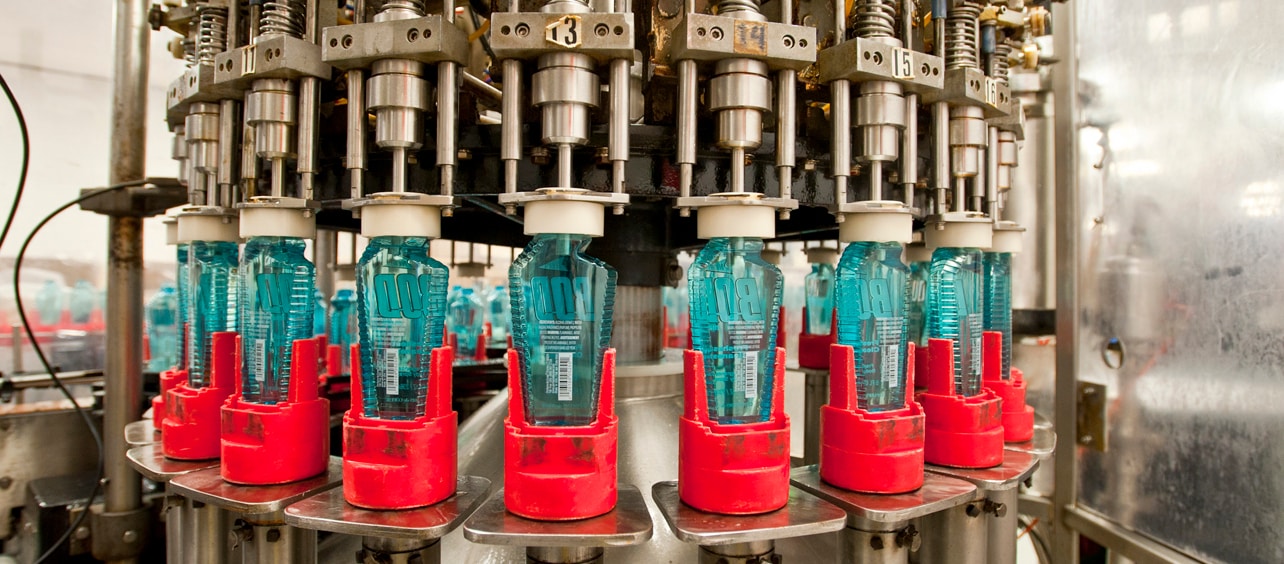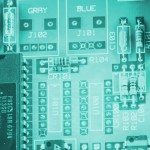VFD Controllers
VFD Controllersare also known as motor drives,variable frequency drives, VFD’s, variable speed drives, adjustable frequency drives, AFD’s, adjustable speed drives and ASD’s. Motordrives are solid state motor control systems used to regulatethe speed of alternating (AC) electric motors. Motordrives are mainly used to reduce energy consumption on electric motors for industrial manufacturers.
VFDcontrollers operate as load controls within applications that may accomplish up to 50% reduction in energy costsby speed reduction on applications where the full speed (RPM) of the electric motor is not required. VFD controllersare used in AC Servo Systems, Air Compressors, Conveyor Systems, Lathes, Mills, Plastic Extrusion, Slitter Lines, Food Processing, Waste Water Treatment Systems, Submersible Pumps, HVAC Fans and Blowers, and many more AC motor applications.
Many manufacturers apply VFD controllerswithrotating equipment toreduce amperage spikes upon start up of large electric motors.Choosing the right VFD controllersfor applications will benefit rotating equipment by providing less wear on the electric motors where applied. This is accomplished by adjusting the acceleration and deceleration time of electric motors. Adjusting the acceleration and deceleration time of an electric motor will greatly increase the lifespan of an electric motor. VFD controllersprovide the ability to control the frequency of starting and stopping of an AC electric motor.This ability provides a means by which an AC electric motor is only operating when needed for the equipment it’s rotating, and electric motors have a longer lifespan if they are not continuously operating when they don’t need to be.
Approximately one third of the world’s electrical energy is supplied by electric motors in fixed-speed centrifugal pump, fan, and air compressor applications. These fixed-speed applications do not usuallyrequire the full load speed (RPM) of the electric motor they’re operating. By integrating VFD controllersto these applications, the motor speeds are reduced, and power costs can be reduced by 50% or more. Technology has reduced cost and physical size of VFD controllers, and has improved performance through advances in semiconductor switching devices, simulation, control techniques, and control hardware and software.
Power Savings WithVFD Controllers
The majority of VFD controllersin the market today contain electronic circuitry that converts 60 Hertz Line power into direct current. The VFD controller converts this line power into a pulsed output voltage that duplicates varying alternating current to a desired frequency (speed).A properly applied VFD controllerpaired with an AC electric motor, will significantly reduce operating costs. This is particularly true for variable torque loads such asFans,Blowers, andPumps.Blowers, for example, are often used with dampers to control air flow. These dampers may operate either manually or automatically. When dampers are closed, 50% of the electric motor current will drop to approximately 60% of Full Load nameplate current. By utilizing a motor drive in this application, current draw in the motor will be reduced 30% for every 10% drop in speed. The same electric motor operating froma motor drive at 50% speed, will draw approximately 20% of the full load current.
Types Of VFD Controllers
Volts Per Hertz VFD controllersare the most common type of VFD and they’re known as a V/Hz drives, or volts by hertz drives. V/Hz VFD controllersare used inapplications such as fans, pumps, air compressors, and other related applications wherehigh starting torque is not required. V/Hz drive applications typically do not require full torque when the AC motor is operating at less than the base speed (RPM) of the electric motor. V/Hz VFD controllersare the most inexpensive type of motor drive. V/Hz VFD controllersdo not provide full motor torque at low RPM.
Open-Loop vector VFD controllersare also known as “sensorless vector” drives. Open loop vector VFD controllersadapted the name “sensorless vector” because they do not use an external encoder for speed feedback to the motor.Open loop vector VFD controllersare used in applications where high starting torque and full torque at low speed (RPM) is required. Open-Loop vector VFD controllers operating a motor a zero RPM should not be used on crane or hoist applications. Most open-loop vector VFD controllersare used on CNC machines, mixers, mills, lathes, and other applications where high starting torque or full torque at low RPM is needed.Open loop vector VFD controllersare usually more expensive than V/Hz.
Closed-Loop vector VFD controllersare used in applications where precise speed control (0.01%) is needed, or in applications where extensive programming is needed. Closed-Loop vector VFD controllersuse an encoder on the motor to provide constant shaft position indication to the drive’s microprocessor. The encoder feedback allows the drive microprocessor to constantly control torque no matter how many RPM the motor is operating at. Closed-Loop vector VFD controllers are used to provide the motor to operate at full torque even at zero RPM. Closed-Loop vector VFD controllersare commonly used on hoist and crane applications because crane and hoist motors must produce full torque prior to it’s brake being released, or the load will drop and it will not be able to stop.
To learn more about VFD controllersor for VFDrepairs and VFD replacement quotes, contact Precision Electric, Inc.









Comments are closed.